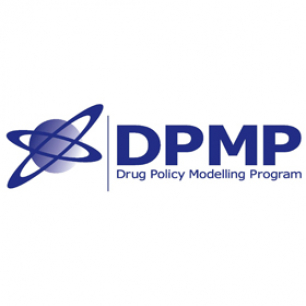Drug Policy Modelling Program hosts on its own website an online bibliography with links to illicit drugs policy grey literature. Grey literature is that which has not been published commercially, and which may not be available through the conventional channels of distribution. A great deal of recent and relevant drug policy research falls into this category, and this bibliography aids the dissemination of this material. It is updated monthly.
All material is placed into one, or where necessary two categories. Documents are listed by date of publication with the most recent first. The categories are as follows:
Literature dealing with the prevalence of drug use and associated harms, including crime and disease, at both domestic and international level.
Description and analyses of drug markets, both domestic and international. Includes literature on production, supply chains, and demand for illicit drugs.
Economic analyses (e.g. cost benefit analysis) of illicit drug markets and policy interventions.
Literature focused on domestic policy. Laws pertaining to illicit drug use, policy documents and analysis, national strategy documents, and any other literature with a strict focus on domestic issues.
Similar to category 4, but instead with an international focus. This includes comparative work between countries, and any international policy issues such as Human Rights.


